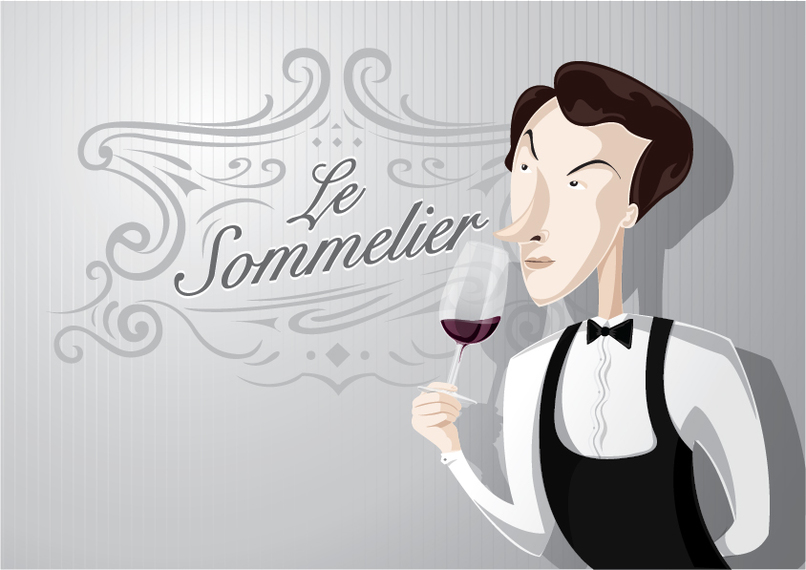
Every restaurant tries to strike a balance between offering an impressive and encyclopedic wine list with one that its customers can pick a selection from with relative ease.
But the kinds of restaurants we typically wine-and-dine clients at usually fall at the phone book-sized end of the spectrum, where they offer hundreds of wines in every variety to choose in pairing with your food.
While it would be tempting to spend an hour or two perusing such a list, the pressure is on to choose something fast; you can tell your guests are thirsty and their parched eyes are boring into you waiting for your decision.
What do you do?
The easy answer is to call in the reinforcements: the sommelier, the man or woman whose job it is to help you with precisely the daunting task facing you.
I actually just interviewed David Kurka, the sommelier at Masseria, a two-star Michelin restaurant in Washington, D.C. to get some advice about how to work with a sommelier like him. In short, “trust your sommelier to help you make the perfect pick,” he told me. He went on to explain, “we understand the wine list very well and have tasted almost every wine on the list, so we are well positioned to help you have a great selection.”
That means that unless you have already done your homework and perused the restaurant’s wine list online for an hour or two beforehand (which I confess to having done on several occasions), ask for the sommeliers help.
Now, your waiter or waitress may protest, telling you they can recommend a favorite of theirs. But while it might be a good choice, the fact is that he or she won’t have the training and knowledge the sommelier does – especially about the wines on the menu. It’s a good bet that the sommelier has not only selected every bottle on that list, he or she has probably curated each bottle to fit the menu as well. They know what they’re talking about.
So, let’s say the sommelier makes their way over to your table. What comes next?
First off, you can pick up some clues about your sommelier by the type of pin they are wearing on their jacket lapel – which indicates their level of training. But more on that in a separate article.
After greeting you, the sommeliers first question will likely be to ask what everyone is planning on ordering to eat. That way they can help recommend a selection that will pair well with everyone’s meal. (You can learn more about pairing wine with food in this article).
But what happens if the sommelier suggests a vintage that is wildly out of line with what you were hoping to pay – or what your expense account can even cover?
If the sommelier picks out a $500 bottle, say, but you’re planning on spending more like $100, there is easy trick to let them know that. Point to a wine further down on the menu and put your finger next to the price and tell the sommelier that you were thinking of trying something more like that instead. Every sommelier on the planet worth their salt will immediately understand the gesture and will make an alternative pick in-line with your finances for you while avoiding an embarrassing situation at the same time.
The key point is that sommeliers receive an immense amount of training both in understanding wine and how it pairs best with food. Why not take advantage?
So the next time you’re faced with the task of picking out a high-priced bottle of wine in a fancy restaurant, don’t forget to call in the cavalry in the form of the sommelier. Repeat after me the lesson my new friend from Masseria shared with me: Trust the sommelier.
Cheers!

